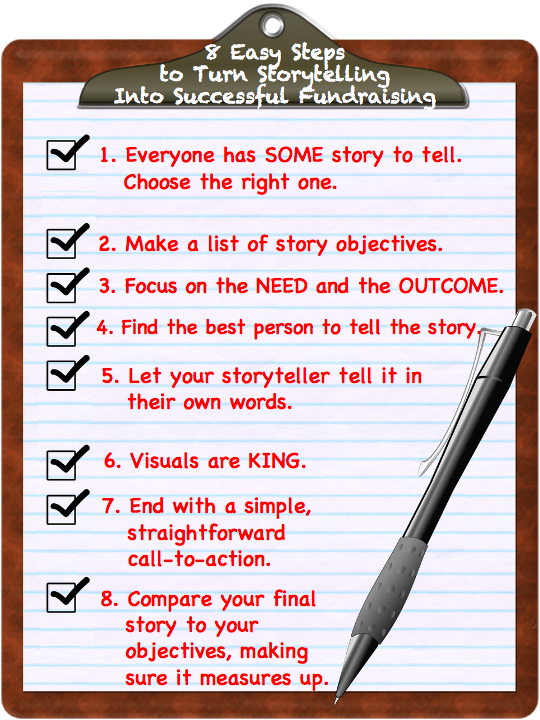Shortly after we learn to speak as toddlers, we start telling stories. It’s a fundamental instrument to us as humans, inherent and inborn – an activity that in its infancy is neither ‘taught’ nor ‘learned.’ Simple, disjointed, barely discernible to be sure – but in its foundation the ingredients are there. Characters (with colorful looks, clothing, personalities, strengths and flaws) enter a landscape and interact with each other in ways humorous, interesting and tragic. A plot unfolds with events bringing eccentrics to life, all with a point of view and style completely unique to its teller. Like snowflakes, no two stories are alike. You do not express yourself in the exactly the same way as the person sitting next to you. Storytelling really is the world’s oldest art form.

We connect with other humans – family, friends and strangers – through stories. They are a carrier of a rainbow of our most intense emotions throughout our lives: happiness and sadness, anger and anticipation, jealousy and hope, loneliness and love.
But telling a TRULY good story? One so moving it compels its listener to FEEL something they otherwise wouldn’t have if anyone else had told it? Or, beyond emotion, to ACT upon that feeling? As someone just like you for whom fundraising is critical in the path to prosperity, that is the ultimate accomplishment – and a rarer one than you might think.
Below we’ve provided a simple 8-step checklist to ensure your storytelling is consistently memorable, perpetually compelling…..and ends with a contribution to your cause:

√ #1 Everyone has SOME story to tell. Choose the right one.
We’ve talked about how stories are the foundation of our relationships with others. Let’s face it, everyone with a pulse has a story. The trick is putting one forward that is meaningful and compelling enough to inspire emotion and action in your listener. Identify the story that you believe will elicit these things in your audience. What qualities are you counting on? Emotion? Sadness? Anger? Desperation? Does your story convey these qualities? Are you answering the ‘why?’ with your story?
Once you’ve chosen your story, as a test put yourself in your audience’s shoes, and listen to the story from their perspective. Don’t stop there; use associates, friends and family members as focus groups. Is your story strong enough to make them FEEL what you want them to feel? To make them ACT the way you want them to act?
√ #2 Make a list of story objectives.
Itemize some concrete goals for your story once it’s told. Some may be hard numbers and others may be more intangible personal emotions, but that’s OK. How do you want your audience to FEEL after hearing it? What do you want them to THINK ABOUT? What do you want them to DO? Donate $25 or $100, click a link to read more about your need, share your story to five others with whom they come into contact? Once you put these objectives to paper, you’ll better visualize how you want your story to work for you.
√ #3 Focus on the NEED and the OUTCOME.
A simple point that many fundraisers miss. Your cause’s clearly-stated NEED (what is it they require for existence/success, what can they not function without?) communicates the significance of your situation. Don’t be afraid to use footnoted statistics (which helps your audience put your need into perspective) that drive the urgency of your need. On the other end, don’t lose focus on the OUTCOME of your story – the successes that resulted from the handling of the needs that were made possible with your stakeholders’ support. And just like with the Statement of Need, don’t hesitate to supplement your uplifting anecdotal Outcomes with data to help deliver that Outcome. Support both the Need and the Outcome with every story you tell. And remember: it’s not YOUR Need, it’s the cause’s; you are simply the facilitator linking the Outcome to the Need.
√ #4 Find the best person to tell the story.
Equally critical as the story itself: who is the optimal person to tell it? Is it the direct beneficiary(ies) of the Outcome? The individual(s) who implemented the solution? Those most affected by the need? These are important questions to get right in the search for the person(s) who will bring optimal weight to your story. How much will age, gender, race and socioeconomic background factor into your decision on the ideal storyteller?
√ #5 Let your storyteller tell it in their own words.
Now that you’ve selected your storyteller….give them the freedom to tell their story of their experience, from their perspective and in their own words, and adjust only slightly where absolutely needed – being careful to keep the essence of the story and the storyteller’s point of view. If on- or off-camera interviews are required, take special effort to make the environment a place of comfort and security for the storyteller.
√ #6 Visuals are KING.
Try to paint as vivid a picture as possible, with the goal of making the listener feel as if they are witnessing the story. If you can get them to a place where they feel that they’re experiencing the same things the storyteller is, you’ve done a great job! Leveraging video (ideally between 45-120 seconds) and imagery – photography (of the storyteller, if allowed), charts/infographics, etc. where applicable will help achieve this goal.
√ #7 End with a simple, straightforward call-to-action.
This CTA does not NECESSARILY have to be financial support. Go back to your objectives (what you want the listener to DO after hearing the story. Of course, many times it will be monetary donations….but it may mean further engagement with/research into your cause, or a couple of alternative ways to get immersed. If your story did its job, it’s already helping you do some of the lifting in turning the ask into reality.
√ #8 Compare your final story to your objectives, making sure it measures up.
When you complete your story, reconcile it with your objectives list that we discussed in Step 2. Does your story accomplish every objective that you outlined? Does it fall short anywhere…and if so, in what areas?
Got every item on your checklist marked off? Then you should be in an excellent position for your next step…..watching your cause’s support roll in!

